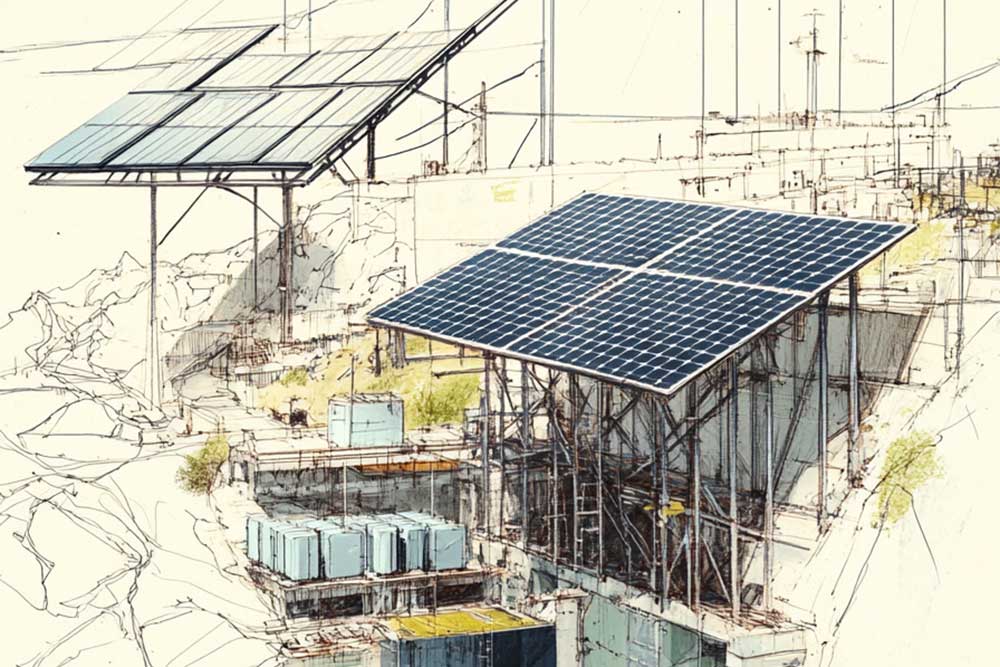Navigating Energy Market Volatility: The Role of Large-Scale Energy Storage
April 2025
The energy market is entering a turbulent phase, driven by shifting tariffs and geopolitical factors. Recent tariffs imposed by the US create a ripple effect on energy supply chains, particularly in liquefied natural gas (LNG) and other energy sources. The predicted volatility raises essential questions about how to keep energy stable and affordable. As the US seeks to reshape its energy markets, rising tariffs on imports not only increase costs for consumers but also disrupt international trade dynamics. Countries reliant on LNG may face challenges securing supply, potentially leading to increased prices and limited availability. Additionally, other energy sources are not immune to these changes. The interconnectedness of global markets means that fluctuations in one area can exacerbate challenges in others.

The Promise of Large-Scale Energy Storage
In light of this predicted volatility, large-scale energy storage solutions emerge as a beacon of hope. These systems can play a substantial role in stabilising the energy supply chain, offering several key advantages.
1. Enhancing Supply Flexibility Large-scale energy storage systems, such as lithium-ion batteries (BESS), Underground Pumped Hydro Storage (UPHS) or Pumped Hydro Storage (PHS), can absorb excess energy during periods of low demand. This stored energy can then be released during peak times. By acting as a buffer, these systems help smooth out fluctuations caused by tariff changes or supply disruptions.
2. Supporting Renewable Integration With the growing importance of renewable energy sources, large-scale storage facilitates their integration into the grid. Solar and wind energy can be intermittent, leading to challenges in supply reliability. By storing excess renewable energy, large-scale storage can ensure a consistent energy supply, reducing reliance on imported LNG.
3. Mitigating Price Volatility Energy storage can help stabilise prices by allowing grid operators to manage demand more effectively. Rather than relying solely on expensive peak generation sources, operators can draw from stored energy reserves. This can lead to more predictable pricing, benefiting consumers amidst fluctuating tariffs.
4. Increasing Energy Resilience Investment in large-scale storage enhances overall energy resilience. During geopolitical tensions or supply chain disruptions, a reliable local energy reserve can mitigate the impacts of external shocks. This localised supply reduces the dependence on imports and cushions the effects of market volatility.
Conclusion
The combination of tariff-induced volatility in the energy market and the increasing unpredictability of global supply chains poses significant challenges. However, large-scale energy storage systems offer a viable mitigation strategy. By enhancing supply flexibility, supporting renewable integration, reducing price volatility, and increasing resilience, these systems can help navigate the complexities of the evolving energy landscape. As stakeholders in the energy sector adapt to changing dynamics, investing in storage solutions will be pivotal in fostering a stable energy future.
Follow us for more information at About us or Linkedin.